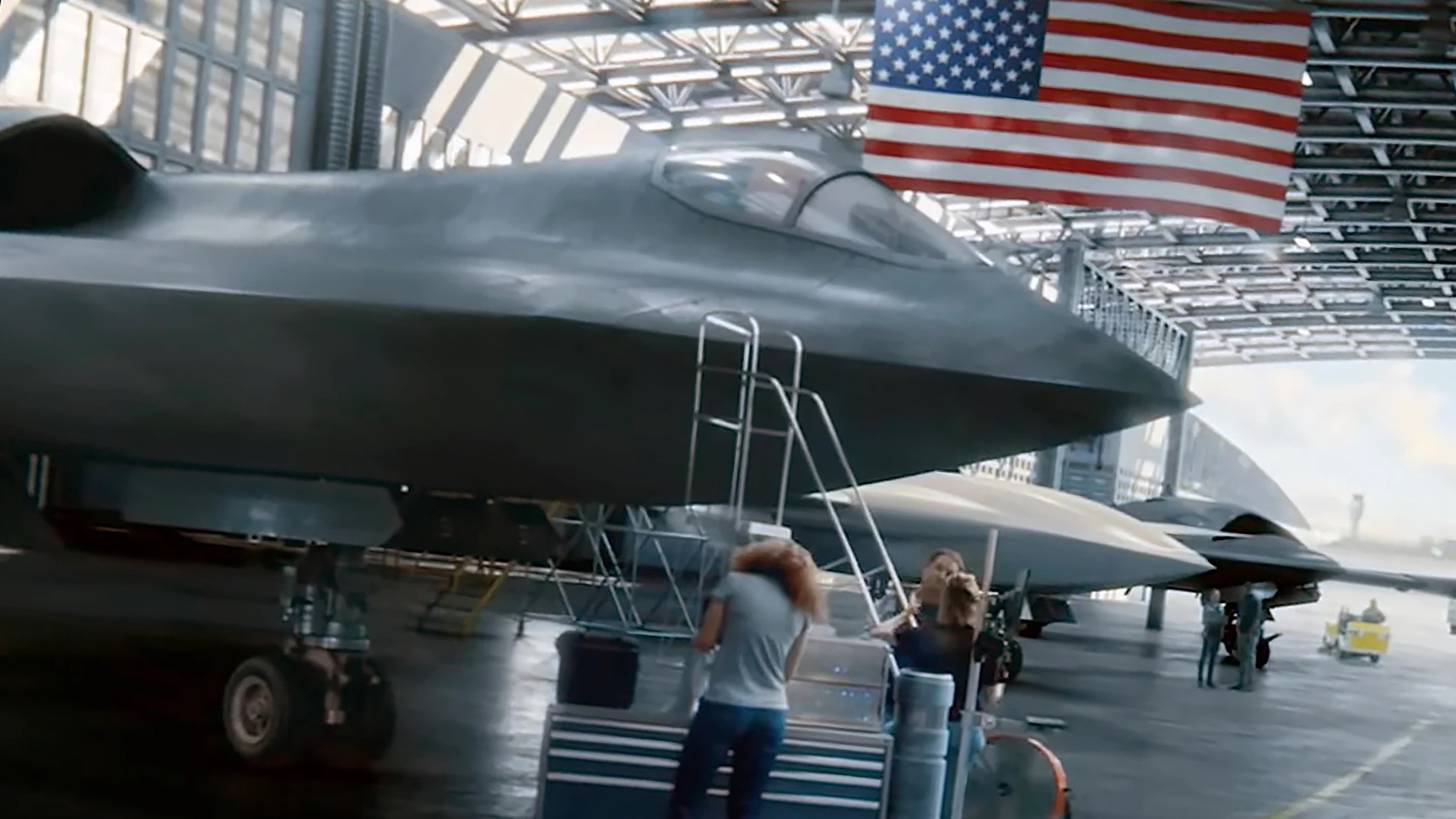Secretary of the Air Force Frank Kendall has said he expects a new sixth-generation manned stealth fighter-like jet that is being crafted as part of his service’s Next Generation Air Dominance program, or NGAD, to follow a more traditional and potentially protracted development schedule. Kendall added that a previously proposed and questionably ambitious concept for acquiring new aircraft, focused on the relatively rapid development and purchase of smaller batches of highly adaptable designs, will not work in this case due to the highly complex nature of the design.
At the same time, the Secretary said that work on semi-autonomous “loyal wingman” type unmanned aircraft under NGAD would likely follow a more iterative approach, but that this drone development effort is also less mature.
NGAD is a broad, multi-faceted effort to field next-generation tactical air combat capabilities that are specially honed to fight deep in contested territory. This ‘family of systems’ initiative includes new weapons, sensors, networking, and battle management capabilities, in addition to the program’s ‘centerpiece,’ a sixth generation manned jet that won’t really be a traditional fighter design, and various drones, that are all built to work together. You can read more about NGAD’s potentially game-changing architecture here.
Kendall discussed the current plans for the aircraft components of NGAD during a talk hosted by the Air & Space Forces Association (AFA) on June 24, 2022. You can watch a full video of the Secretary’s “fireside chat” with AFA President Bruce Wright below.

“The NGAD that we’re working on now … is going to take longer,” Kendall said, according to Air Force Magazine. “It’s a more complicated operation to have a manned aircraft.”
“It’s not a simple design,” he continued. It is a “long, hard job to build” a plane that offers “a whole generation of better capability” over existing advanced stealth fighters like the F-22 Raptor and the F-35 Joint Strike Fighter.
Whether or not this assessment is based on the fact that the Air Force has chosen a final design for the future NGAD manned jet, or is moving to make that selection, is unclear. When asked if a single contractor was already heading up this development effort, Kendall said “we still have competition” within the project, but did not elaborate, according to Air Force Magazine. This could indicate multiple companies are working on competing planes or that multiple firms are competing to build a single design. It might also refer to still-to-be-made decisions regarding individual subsystems, including engines.
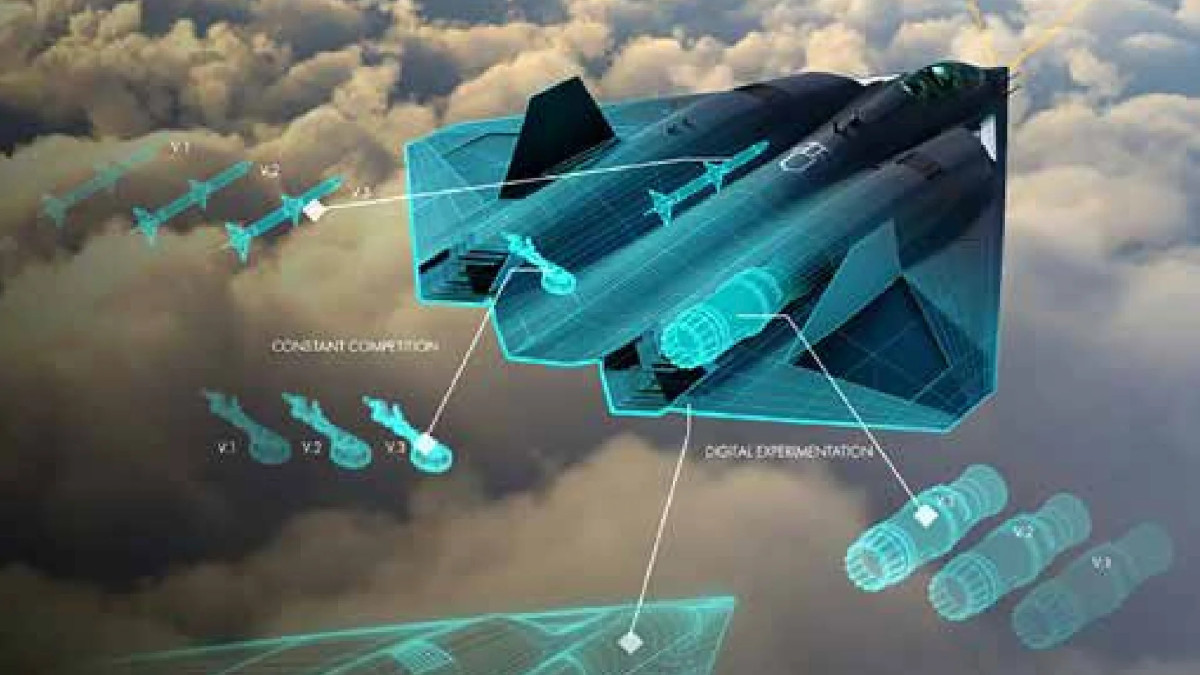
Kendall had previously disclosed that the manned component of the NGAD program had entered an engineering, manufacturing, and development (EMD) phase and is looking to produce a real operational capability before 2030 during a separate talk at the Heritage Foundation think tank in Washington, D.C. on June 1. Earlier this year, during a hearing before members of the House Armed Services Committee, the Secretary had also said he expected these new manned jets to cost “multiple hundreds of millions of dollars” per plane.
While speaking alongside AFA President Wright last Friday, Kendall said that these complexities and requirements meant that a novel development and manufacturing concept called the Digitial Century Series, which former Assistant Secretary of the Air Force for Acquisition, Technology, and Logistics Will Roper had first put forward three years ago, simply wouldn’t work in this instance. As proposed, the Digitial Century Series plan would heavily rely on advanced modeling and other digital engineering techniques, among other things, to develop advanced designs at a rate of once every five years and then iterate on the ones that proved viable, with the Air Force then purchasing relatively small batches of around 100 aircraft at a time. You can read more about this here.
“I have a lot of respect for Will Roper. I’ve worked with him a lot,” Kendall said. “I think he has some really interesting ideas … [but] I think you have to be careful about where you apply those ideas.”
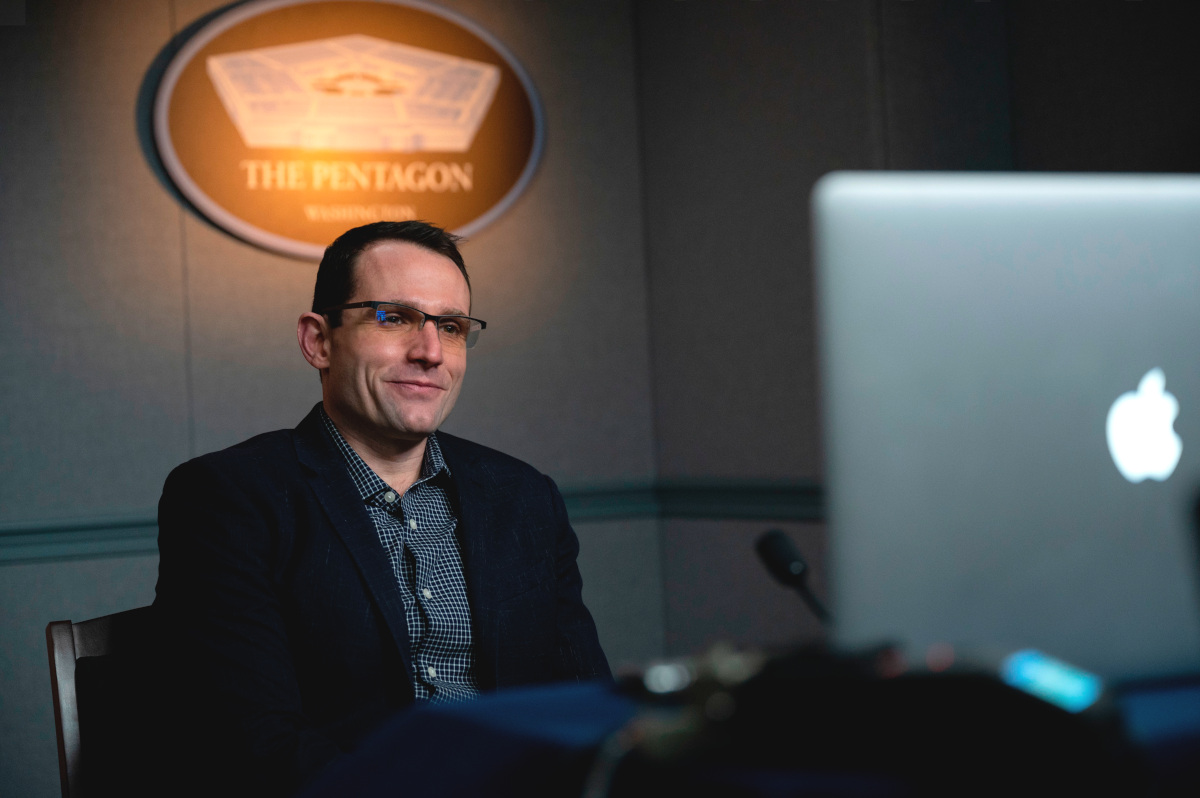
By Kendall’s description, the manned portion of NGAD has already progressed through many phases of what looks like a more typical development process, tracing its roots all the way back to a contract to develop “X-planes – demonstrators” that was awarded in 2014. This appears to be another reference to the Aerospace Innovation Initiative (AII), a program the Air Force ran with the Defense Advanced Research Projects Agency (DARPA) in the mid-2010s that the Secretary has cited in the past as having contributed to NGAD. “So we basically had an X-plane program, which was designed to reduce the risk in some of the key technologies that we would need for a production program,” Kendall said earlier this month.
In 2020, former Assistant Secretary Roper also disclosed the existence of an NGAD demonstrator that had been in flight testing for some time already. F-22s are known to be supporting the program, as well.
We don’t know what the NGAD demonstrator that Roper revealed two years ago looks like, but it is said to be a very successful design. With long-range, large payload, and very high survivability likely being key attributes, a large, tailless, very low observable (stealthy) aircraft is most plausible. It could very well be similar or even the same as something The War Zone spotted in satellite imagery of Area 51 earlier this year.
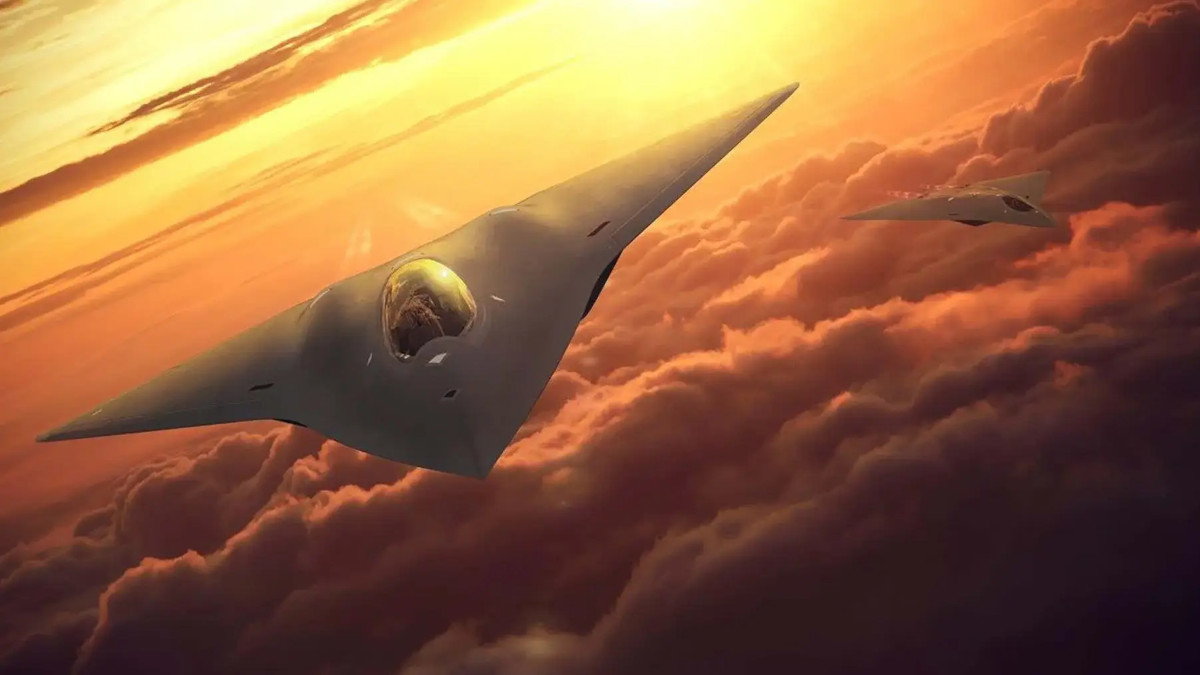
“No, I can’t,” Air Force Chief of Staff Gen. Charles Q. Brown told Defense One‘s Marcus Weisgerber when he subsequently asked if he could say what it was that was seen in the satellite image of Area 51. “What I will tell you is that many moons ago when … capability in space was less proliferated, we had times we could actually do things and not be seen. It is harder to do things and not be seen.”
All this being said, previous comments from Kendall have pointed to a new approach to developing and acquiring aircraft under NGAD, though one that is perhaps less ambitious than Roper’s Digitial Century Series. As The War Zone wrote back in May after other public remarks from the Secretary:
One way of helping reduce expenditure, Kendall says, is to reassess the way that the Air Forces goes about its research and development efforts. He expressly stated that he doesn’t want to see future technology demonstrations that don’t lead to “meaningful operational capability in the hands of operators as quickly as possible.”
This, again, could reflect part of the approach that’s already been taken with NGAD. While hard details of that program are scarce, we do know that it was born out of another one of Kendall’s initiatives, the Aerospace Innovation Initiative. This classified endeavor focused on test ‘x-planes’ that would be relevant to the future of air combat. Out of that, NGAD was born, and it yielded at least one demonstrator of some type that was already flying, even when the program was still supposedly in its conceptual stages. As it stands, we don’t know the nature of that demonstrator and even if it’s a traditional manned aircraft. Kendall says the NGAD program is now focused on locking in the final configuration of its central platform for eventual production, based in part on what was learned from the demonstrator.
Ultimately, the plan to skip traditional prototype test work and go straight into engineering and manufacturing development, or EMD, as Kendall proposes, could have its biggest benefits for future unmanned programs.
Then, once new platforms are in Air Force service, Kendall wants to see a more holistic approach to the upgrade of their various subsystems, with improvements to hardware and software being much better synchronized. This can include the Pentagon ‘owning’ the software and other elements of the design. This will allow it to compete any major upgrades without being tied to a single manufacturer for the lifetime of the aircraft.
There has been talk in the past about the manned platform that comes out of NGAD maybe even ending up being produced in two configurations — one more suited for Europe and one better configured for the Pacific. You can read more about this possibility here.
No matter what, moving from an experimental design effort to the EMD phase of an actual production-oriented program within seven years is still a highly accelerated timeline when talking about the development of a next-generation stealth aircraft.
Kendall did say specifically during the AFA-hosted talk last week that an iterative approach would be applied to the separate NGAD effort to acquire semi-autonomous “loyal wingman” drones designed to work in conjunction with the new manned jet, Air Force Magazine reported.
“The concept is to have a more modular design, much less expensive,” Kendall explained. The drone wouldn’t need “all the systems a manned aircraft needs to have to support the operator” and would only have to carry “those things it needs for whatever we’re asking it to do.”
What Kendall is talking about here are core potential advantages in terms of cost and operational flexibility that advanced unmanned platforms, especially ones that can operate with high degrees of autonomy as part of a swarm, present over manned ones, something The War Zone regularly highlights. If individual drones can be assigned a very limited number of tasks, such as acting as sensor nodes or carrying weapons, rather than having to be configured to a host of different missions, it is easier to make them smaller and cheaper. A modular underlying design only that can be more readily reconfigured for different roles, as well as upgraded and otherwise improved upon as time goes on, only offers additional benefits.
“I think we can get to a meaningful level of initial capability,” the Secretary added. “Then we’ll build on that. And we’ll have a foundation on which to build.”
Kendall said that the Skyborg program, which is focused on the development of an artificial intelligence (AI) driven “computer brain” and other associated systems necessary operate semi-autonomous loyal wingmen, will feed into this part of NGAD. The Secretary has previously said that the Air Force plans to leverage DARPA’s Air Combat Evolution (ACE) program and Australia’s Airpower Teaming System (ATS) project as it pursues a number of advanced unmanned aircraft projects, including a pilotless partner for the service’s future B-21 Raider stealth bombers.

By Kendall’s appraisal, this unmanned component of NGAD is less mature than the manned portion. Kendall said during the AFA talk that more advances in “software,” which “is hard,” as well as in AI, were still needed before the team-up will be able to work operationally. Skyborg, as well as ACE and ATS, among a host of other publicly known development efforts relating to loyal wingmen and other types of unmanned aircraft with high degrees of autonomy, have shown immense progress in recent years, as you can read more about in this key War Zone feature. There is all but certainly additional work that has been done to advance relevant technologies in the classified realm, too.
Andrew Hunter, the current Assistant Secretary of the Air Force for Acquisition, Technology, and Logistics, both echoed Kendall’s comments and highlighted these many relevant unmanned aircraft developments during a separate meeting with reporters last Friday.
“There’s been a lot of good work done over the years and a lot of demos done, but we haven’t fielded a lot of capability,” Hunter said in regards to the unmanned component of the NGAD program, according to FedScoop. “Fielding things is more expensive than doing demos. So … we’re looking at how do we resource fielding a CCA [collaborative combat aircraft] as part of the operational imperatives. And that has real dollar implications that we have to look at in the context of the entire budget.”
“The acquisition strategy for how we would execute a program that delivers that is still to be determined,” the Assistant Secretary added. “I will tell you my inclination would not be to go to one – one company that does everything. This is a space right now where there’s a lot of competition. I think it’s a good thing. But exactly, you know, what our acquisition strategy will be is a decision yet to be made.”
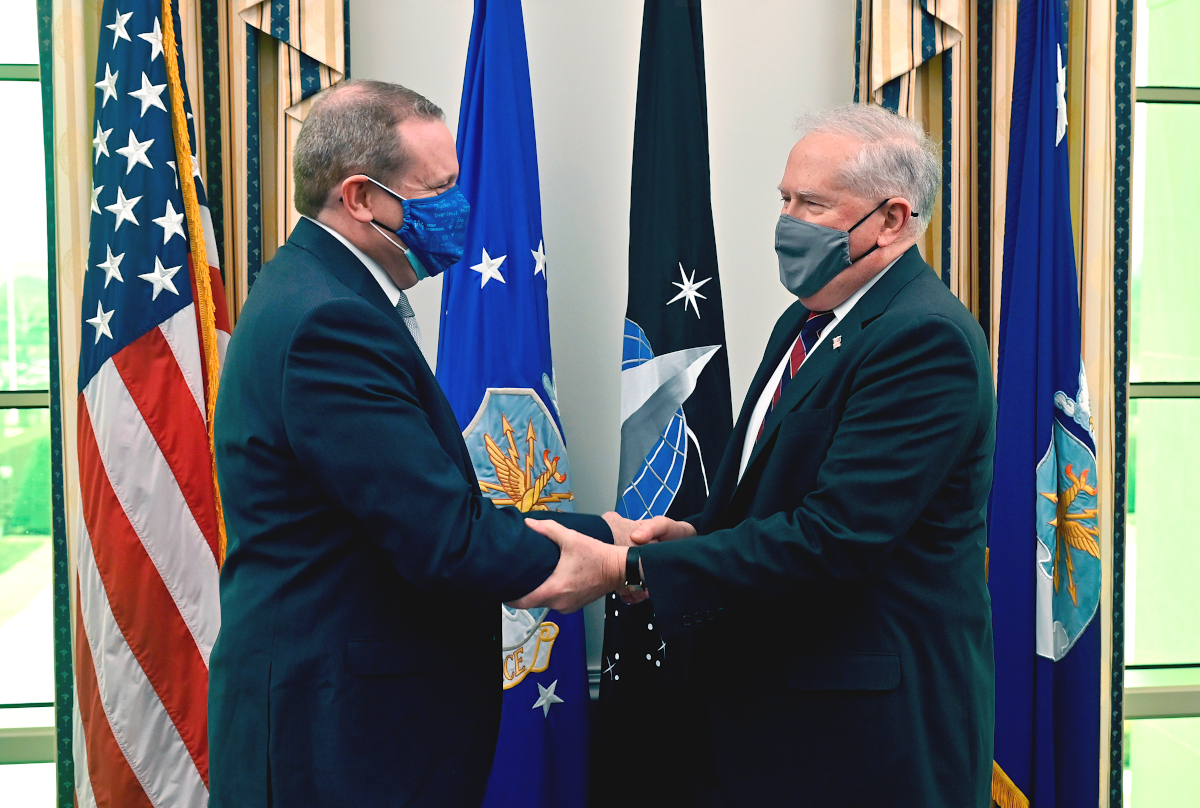
Kendall did say last week that he sees challenges for these future manned-unmanned teams, which are expected to typically consist of a single manned jet acting as the “play-caller, the quarterback,” and at least five unmanned loyal wingmen. At the same time, he was clear in his view that these issues were surmountable and that the resulting boost in Air Force aerial combat capabilities would be significant.
There is going to be “a suite of sensors; there’s a suite of weapons; there’s connectivity between them; there’s connectivity to the weapons; there’s offboard support that will provide targeting and situational awareness information to that operator who’s trying to control this formation,” Kendall said, according to Air Force Magazine. “That operator will need a lot of … automated help to do his job effectively.”
However, “I think it’s going to be a very powerful concept,” he added. “You have an interesting virtue with that kind of formation in that you’re willing to put at high risk some elements of the formation because you don’t have people in them… That opens up a suite of tactics that, today, would be unthinkable.”
“I’m not doing this as an experiment. I’m doing it as a real program,” the Secretary declared. “We’ve done an awful lot of experimentation, prototyping, and virtual planes and so on, over the last few years … I’m all about real capability. I’m all about putting meaningful capability in the hands of warfighters as quickly I can.”
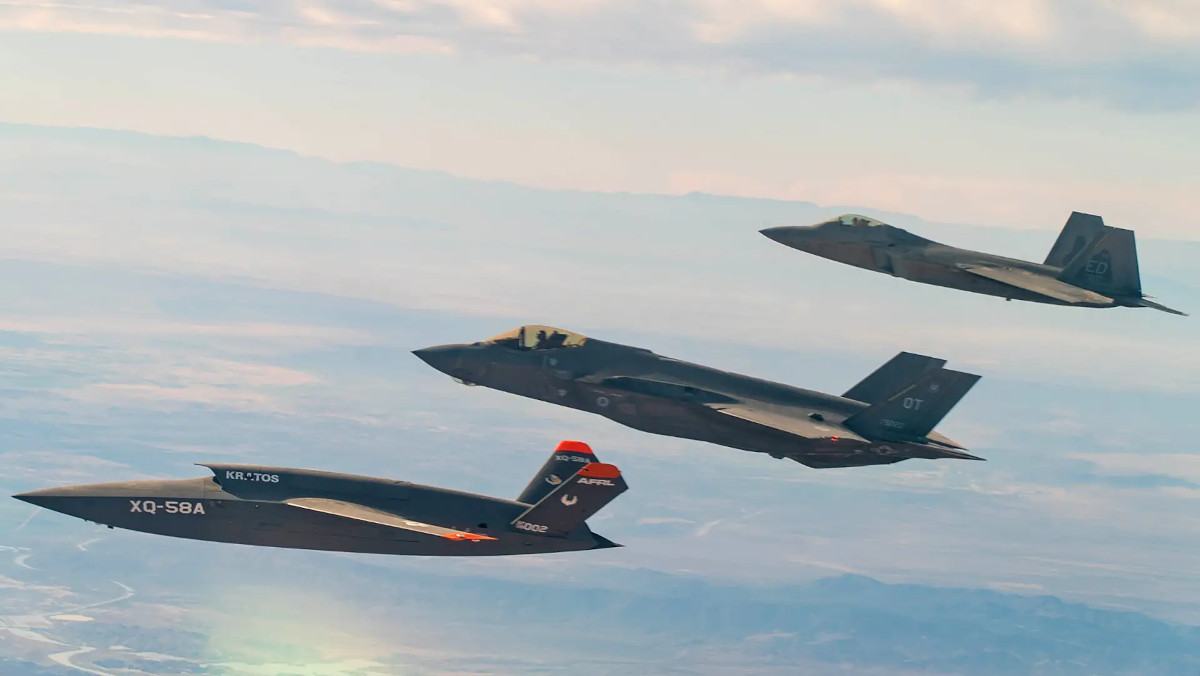
Kendall also highlighted that the kind of capabilities the Air Force is pursuing under NGAD represent the future of air warfare. “This is going to happen. I have no doubt this is going to happen, and somebody’s going to get there first, and somebody’s not,” he explained.
I want [the Air Force] to be first,” he continued, underscoring a point that The War Zone regularly makes that if the United States doesn’t dominate in this arena, someone else, such as China, will, and especially in the realm of manned-unmanned teaming.
All told, whatever exact process through which the different NGAD components are developed and acquired, Kendall’s comments last week only further underscore that the service continues to make progress down a path that could fundamentally transform how it operates for years to come.
Contact the author: joe@thedrive.com
